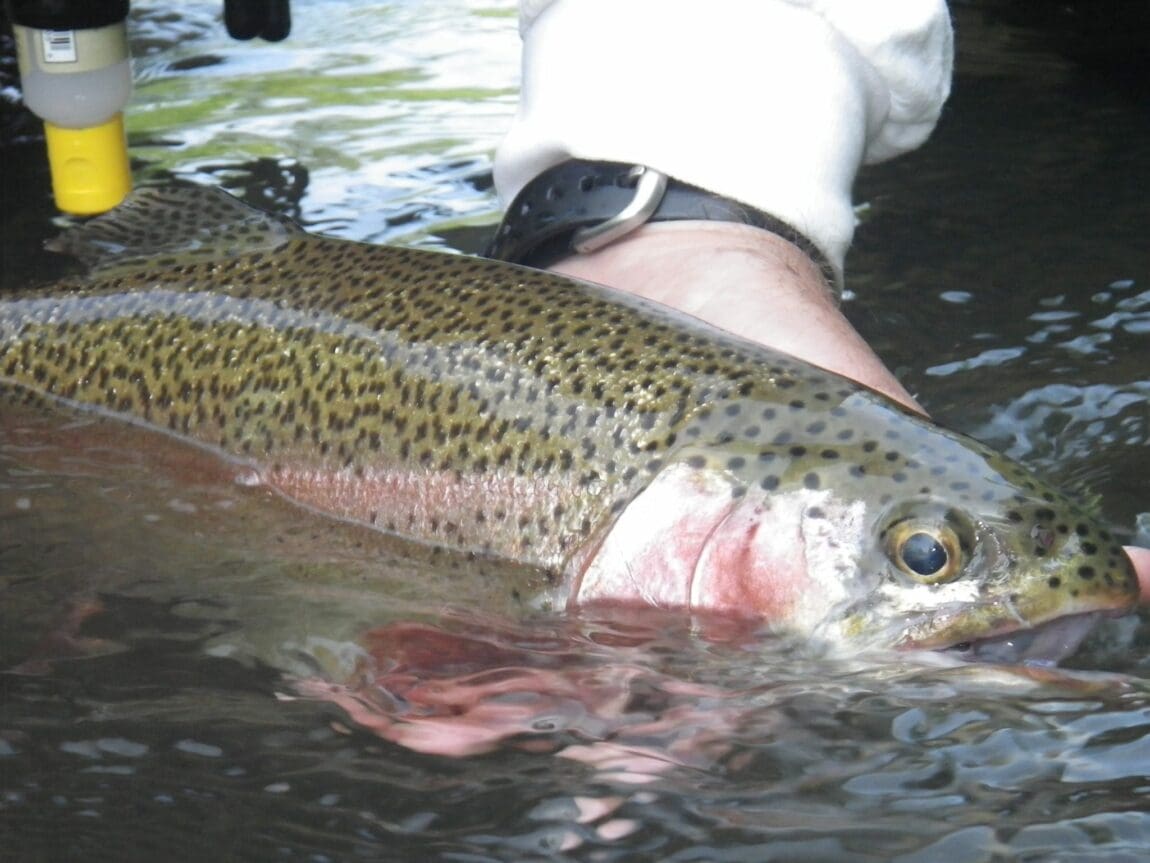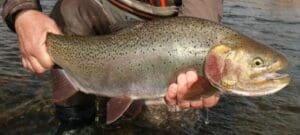New River – First Time: Part Duex
Now that we established in Part One, how we prepare for and what we look for when we fish a new river for the first time. Let’s talk about how we determine how we will fish this new river. First, we must decide if we will sight fish or fish blind. In other words, do we stay stealthy and try to spot fish and target them or do we fish “blind”, i.e. not exactly targeting fish but covering an area with good techniques.
Let’s first talk about fishing in the “Riffles”, not to be confused with ”Runs” which is deeper, swift moving water. The riffles, as we discussed in Part One, are areas of fast moving, rocky waters usually shallow – inches to just a few feet deep. The oxygenated water and rocky bottom are haven for aquatic insects (especially the clinging types – certain caddis, mayflies, and stoneflies). This can be a tough area to fish for most due to the fast moving and shallow waters. Hang ups and poor dead drifts can lead to a poor day of fishing.
After observing, I decide what technique I will use in the shallow riffles. Very basically, if using a dry fly, I will probably fish upstream. It will allow me to obtain a better drift towards where the fish are feeding. But I must cast above and over the fish and this could spook fish if my line travels over the top of them. If I cast my dry fly downstream, I will have to feed out line fast enough to keep up with the current or my fly will drag against the current. Dry fly fishing in fast moving current can be a challenge. Nymphing can be difficult also if using an indicator. With a fast, shallow riffle current, the fly line and/or indicator drift could be difficult to control causing a less than optimal dead drift. High sticking or Euro nymphing is a good way to beat the drag problem. Your fly will be in the target zone for a short time but with the correct amount of weight you can get your flies in the zone quickly. This technique may not work well if the fish are “spooky”, since the water is shallow, and you must get close to them. If you try this method make sure that waving your rod around doesn’t cause shadows to spook the fish. When in fast moving riffles, I prefer to swing flies with a 45 degrees downstream cast. You can throw streamers, but I like using soft hackle flies or nymphs. If I see rising fish, I cast in such a way to have my fly pass near or in front of the rising trout. Hook sets are different here. Do not set the hook hard but rather just lift your rod slowly when you feel the strike. Better yet, just try letting your fly line go, sliding through your fingers for a second or two then stopping it with a gentle lift. I guarantee more hook ups.
Riffles contain a lot of aquatic insects and can be tougher to fish due to the speed of the current and the shallow depth of the water. In Part Three, we will discuss how to tackle “the Run” – that area of the stream where the big fish feed.



